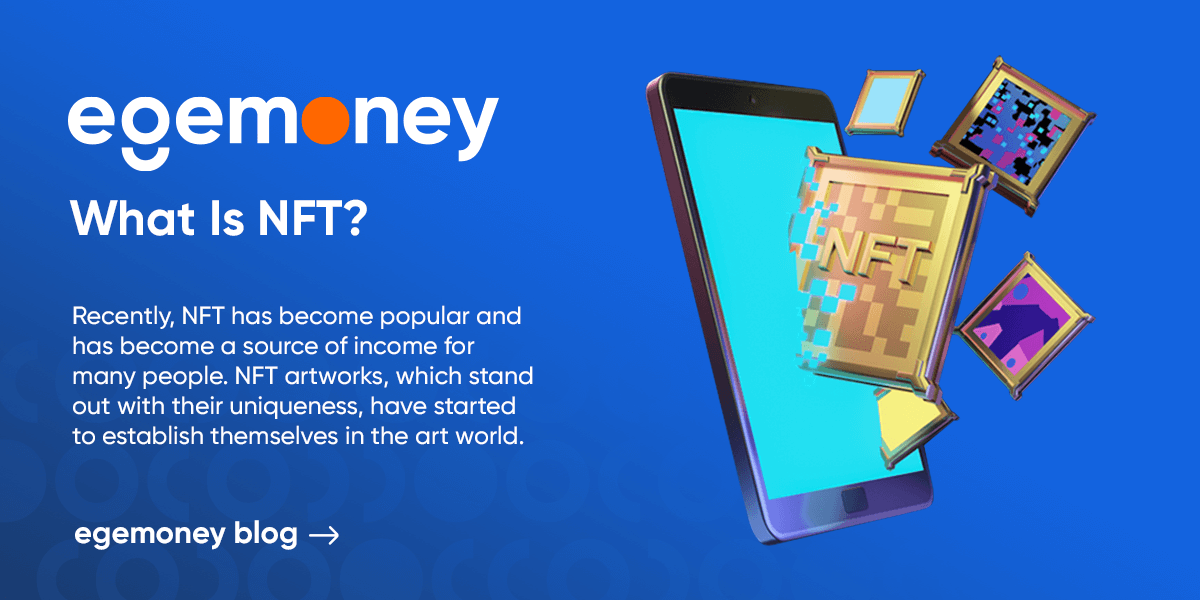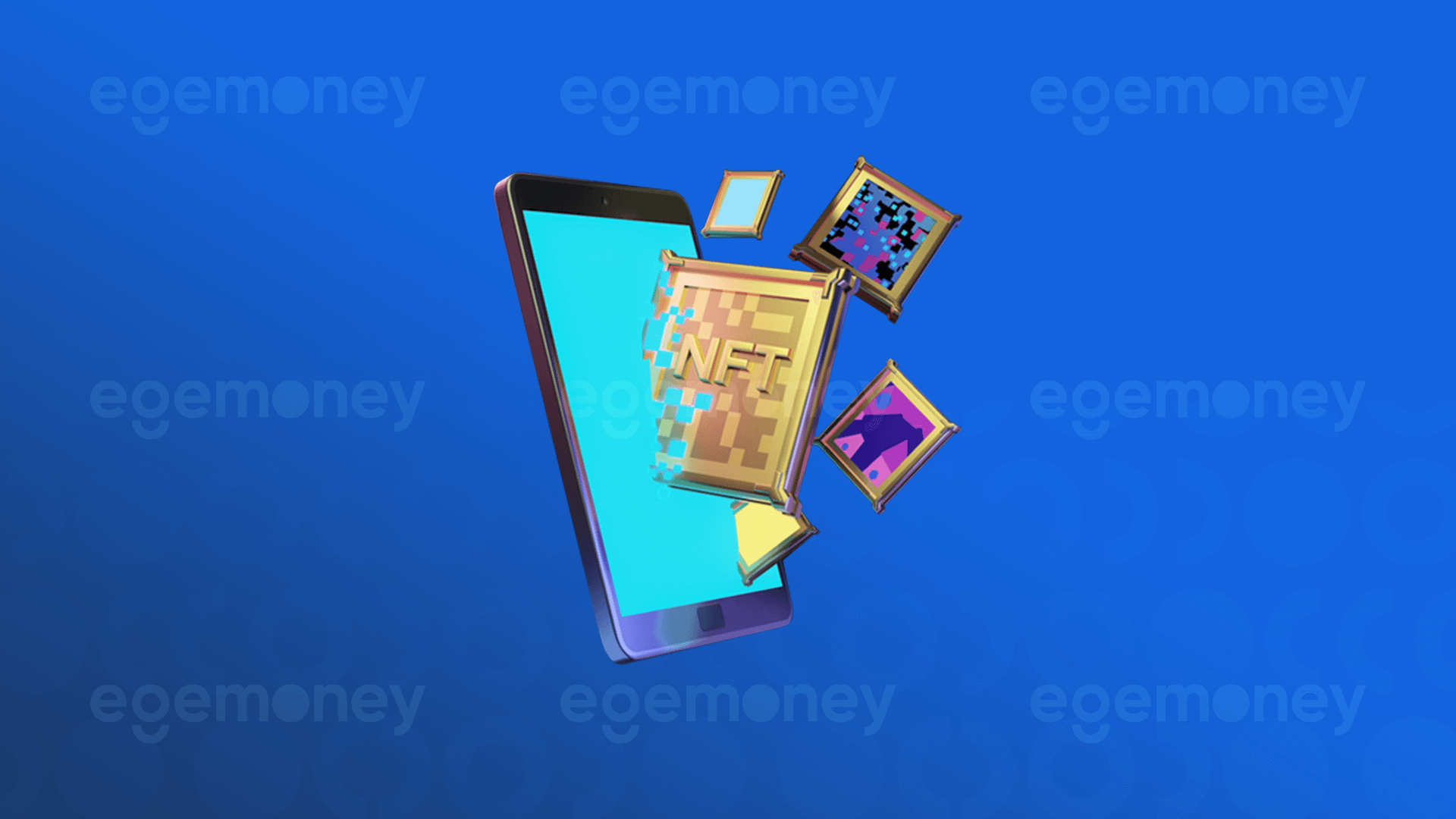 Recently, NFT has become popular and has become a source of income for many people. NFT artworks, which stand out with their uniqueness, have started to establish themselves in the art world.
Recently, NFT has become popular and has become a source of income for many people. NFT artworks, which stand out with their uniqueness, have started to establish themselves in the art world.
What is NFT and how does it work?
NFT (Non-Fungible Token) has gained significant popularity in the cryptocurrency world recently. An NFT is defined as a unique digital asset or token. So, each NFT has its own distinct features.
NFTs are created and recorded using blockchain technology. NFTs commonly use blockchain platforms like Ethereum. Also, NFT can be applied to various digital contents such as digital artworks, music tracks, videos, game contents, and even virtual properties.
The most significant feature of NFTs is their uniqueness. In general, each NFT represents a unique digital asset. Consequently, NFTs have revolutionized the art world by transforming previously digitally reproducible artworks into unique and definitively owned digital assets.
What are some examples of NFT applications?
The applications of NFTs are quite diverse. Some examples include:
Art: Artists can create and sell their digital artworks as NFTs, allowing them to preserve the uniqueness and ownership of their works while directly interacting with collectors. Many artists have recently opened online NFT exhibitions.
Music: Musicians can release their albums or songs as unique NFTs. This enables musicians to generate income and establish closer relationships with their audience.
Gaming: NFTs have a significant impact on the gaming world. Players can purchase, trade, or collect in-game digital items as NFTs.
Virtual Properties: In virtual worlds, NFTs allow the purchase and ownership of digital properties. Additionally, in metaverses, users can claim ownership of digital homes, lands, or other virtual assets.
The application areas of NFTs continue to expand, offering new opportunities.
What are the advantages and disadvantages of NFTs?
Advantages
Uniqueness.: The most significant feature of NFTs is their uniqueness and non-interchangeability, which ensures verifiable ownership of digital assets.
Income Potential for Artists.: NFTs create a new source of income for artists. Artists can sell their digital artworks as NFTs and generate revenue from them.
Traceability.: NFTs recorded on the blockchain. This is useful in detecting fraud or scams.
Encouragement of Creativity and Innovation.: NFTs transform methods of digital content creation and presentation, opening up new opportunities for artists, musicians, game developers, and other content creators.
Disadvantages
Price Volatility.: The prices of NFTs can fluctuate depending on market. Investing in NFTs can be risky, and their value can depreciate.
Energy Consumption.: Some blockchain platforms consume a significant amount of energy for creating. This raises environmental concerns and invites criticism.
Speculation and Bubble Risk.: The NFT market is susceptible to speculation. There is a risk of inflating the value of certain NFTs or creating a bubble, which can lead to losses for investors.
Counterfeit and Fraud Risk.: There is a risk of counterfeit NFTs or NFTs infringing on copyright. Buyers need to be cautious in selecting genuine and trustworthy NFTs.
In summary, the advantages and disadvantages of NFTs should be constantly evaluated.







